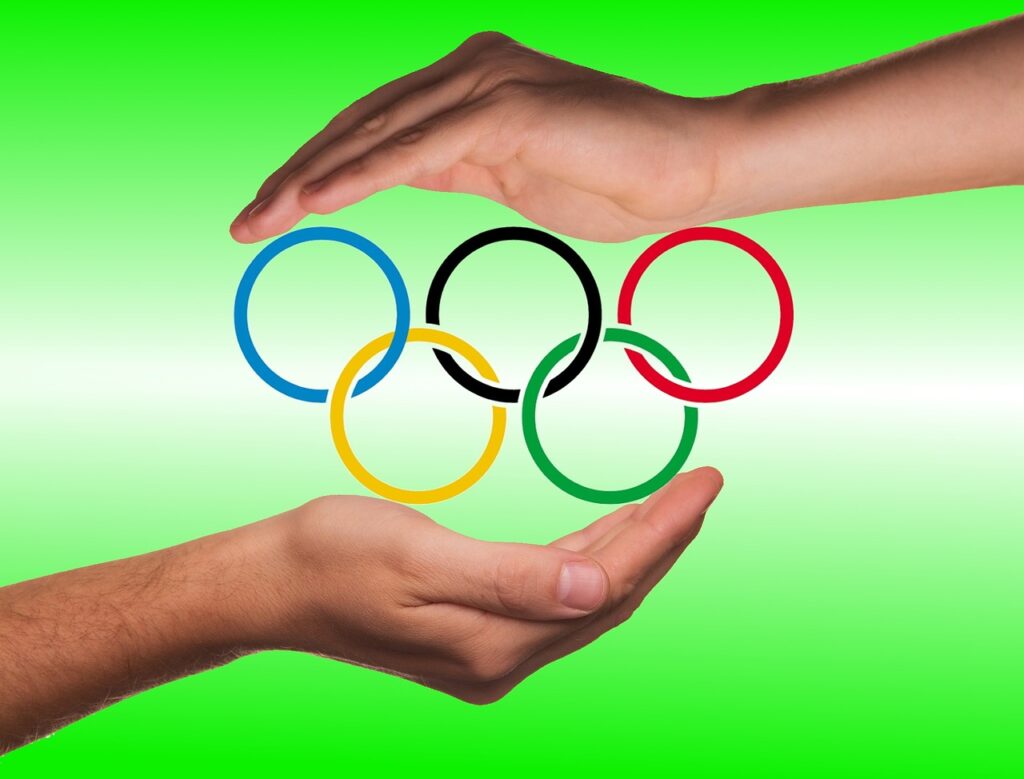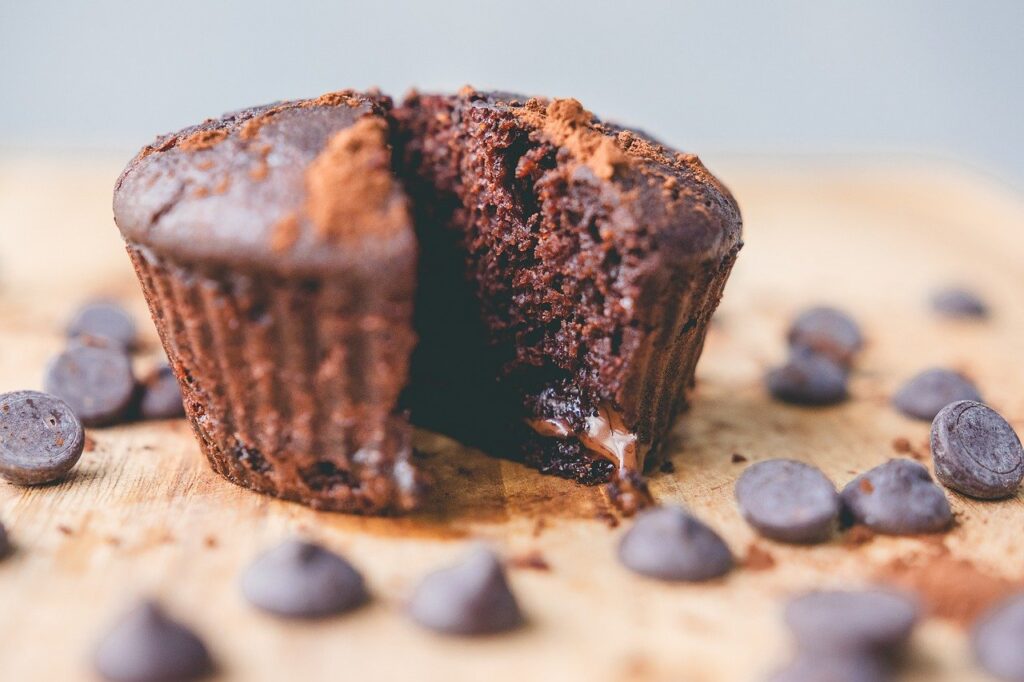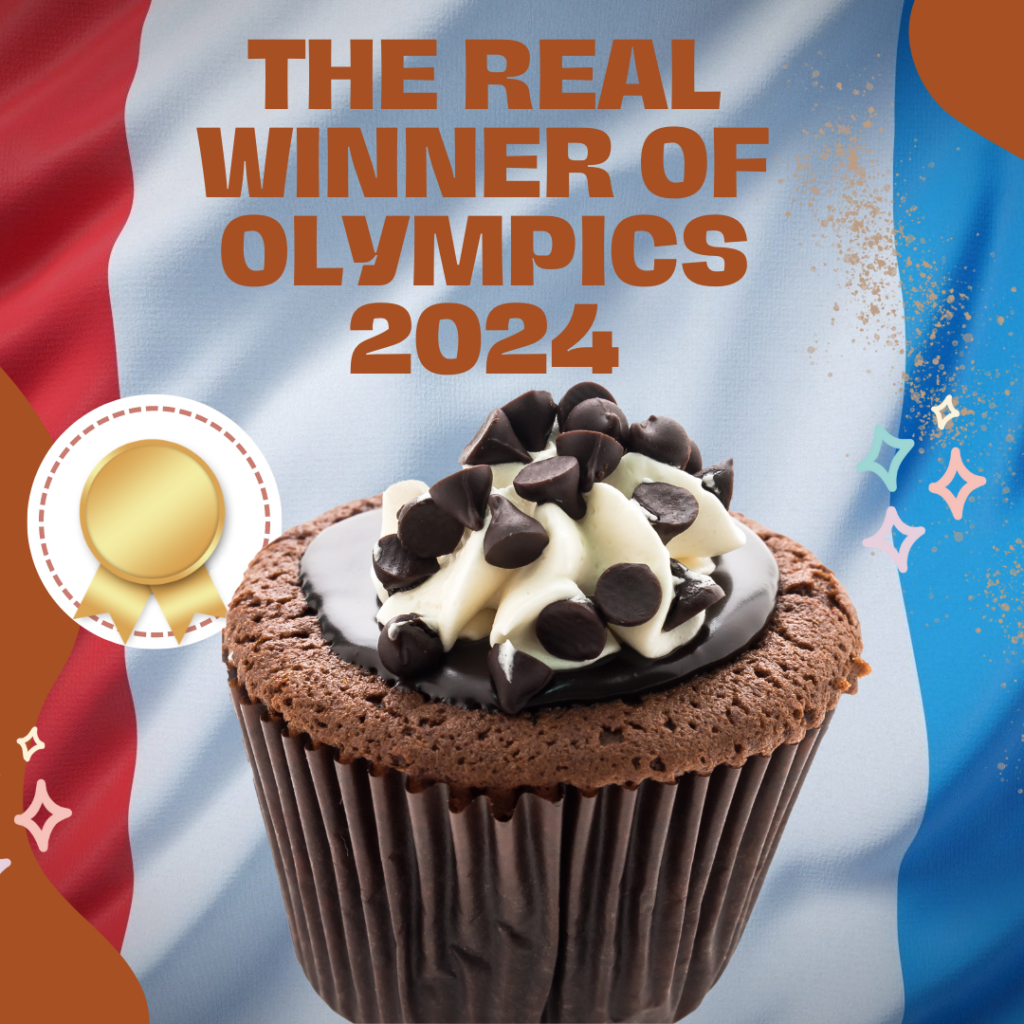The Olympics are now more than just sports. They’re a big part of culture. In fact, this year, things are very different. Many young people aren’t watching TV. Instead, they’re using social media to follow the Olympics(A study by United Talent Agency found that 78% of US consumers were planning to watch the 2024 Summer Olympics via social media).
About 41% of Gen Z and millennials are expected to do this. And Emily Anatole, who studies culture at UTA IQ, says something very important in this context. She thinks funny and unique content from influencers will become very popular. This is the kind of content, she believes, is likely to go viral during the Olympics.
“We found they’re really excited to turn to social media for Olympic coverage because they think it will surface the most culturally relevant moments and create community,” added Emily.
And surely but surprisingly, in the summer of 2024, as the world’s greatest athletes gathered in Paris for the Olympic Games, an unexpected hero emerged from the chaos of the Olympic Village( thanks to TikTok) – not a record-breaking sprinter or a gravity-defying gymnast, but a humble chocolate muffin. Because one news that no one expected to be ‘news’ was the Olympic Village running out of food.
First, it was American track star Rachel Glenn, who posted a video of herself glumly eating pasta, captioned simply with a plea for “Help.” Then it was Gymnast Aleah Finnegan from the Philippines gave a tour of the cafeteria, lamenting the lack of seasoning which made the food “barely survivable.” Indian pistol coach Jaspal Rana had to go on a field trip to scour local South Asian grocery stores for ingredients to cook familiar dishes like Rajma-Chawal for his team.
When it comes to taste, the food got mixed reviews on Tik-Tok, essentially creating a real-time feedback loop, allowing athletes to voice their concerns and organizers to respond more quickly than in previous Olympics. Olympic gold medalist Lee Kiefer showcased a meal that included sticky rice, chicken tikka, curry beef, and vegetables which she seemed to find good enough. lona Maher, an American rugby player, highlighted her fondness for cheese and shared a meal that included a bread roll, croissant, and crêpe, emphasizing the carbohydrate-rich options available. However, some athletes, like Raven Saunders, humorously critiqued unidentifiable food items, showcasing the mixed quality of offerings in the dining hall.
But this wasn’t just about taste. While a variety of deli sandwiches and breakfast items were on offer, athletes reported long wait times, rationing of crucial protein sources like eggs and chicken, and an overemphasis on vegan options that didn’t align with many athletes’ nutritional needs. Olympians who had been promised Michelin-starred cuisine had to take packed lunches back to the village for their evening meal with a day left to the Opening ceremony.
Whether it was catering organisers blaming supply problems for the low-standard of the food or Team GB having to fly in a chef to help prepare meals for their athletes following ‘the underwhelming servings and rationing of high-protein foods‘, one thing was for certain- the situation was dire and as Andy Anson, chief exec of the British Olympic Association to The Times a day before opening ceremony.
“Our athletes have decided they would rather go and eat in our performance lodge in Clichy….as the demand is far exceeding what we thought it would be”
I asked around Newcastle University to get the peoples’ opinion on this crisis and what came out of it- some of them were tuned in regularly, some had seen snippets over social media, and some were pretty oblivious to the ‘Muffin Revolution’.
Extending upon one of my interviewees’ statements about making the best out of the worst, one can rightly conclude that when it comes to athletes, you can always count on them to bring their A-game. With a winning attitude, they definitely know how to turn the tide in their own favour, poring in a dash of humour and creativity.
American swimmers Abbey Weitzeil and Phoebe Bacon took matters into their own hands by preparing their lunch on the roof of their building. They used an electric griddle to make egg, ham, and cheese sandwiches, avoiding the dining hall altogether. And they were sure to share it on their social media, like many others who took to tik-tok to shed light on their experiences and opinions about the food situation in the village.
Raven Saunders, an American track and field athlete, shared a video expressing disappointment in a funny way, over the food he was served at the cafeteria. But amidst this culinary crisis, with complaints about bland food and protein shortages going viral on TikTok, an unlikely hero emerged: a chocolate muffin. Championed by Norwegian swimmer turned social media sensation, Henrik Christiansen, this simple treat became a symbol of joy and unity, sparking a revolution in how athletes cope with challenges in the funniest ways possible.
Amidst rooftop cooking and international cuisine exchanges, a narrative started picking up- about the power of social media in today’s age, to transform a potential disaster into a heartwarming tale of global camaraderie.
Henrik, known for having a sweet-tooth, aside from being incredibly popular over TiK-tok, posted a series of TikTok videos from the Games, that would soon go viral where he introduced the world to what he called “the single greatest thing about the Olympic Village” – the chocolate muffins.


Rating them an enthusiastic “11 out of 10,” Christiansen’s muffin mania struck a chord with athletes and viewers alike. In fact, as “The Muffin Man” rose to internet fame, a revolution was brewing. Athletes began sharing their own muffin experiences, creating a sense of community around this shared indulgence. The humble pastry became a symbol of joy- a sweet respite amidst the culinary chaos.
But what’s most endearing about this whole situation is that the power of social media became undeniable as athletes’ posts forced Olympic organizers to respond in real-time. Paris Olympics CEO Etienne Thobois acknowledged the issues, promising to reinforce animal protein supplies and adjust menus. The viral nature of the complaints led to increased transparency and a more dynamic approach to food service than in any previous Olympics.
As the games progressed, the muffin phenomenon sparked unexpected moments of cultural exchange. Athletes from different countries bonded over their shared love for the chocolate treats, swapping stories of their own national cuisines and the creative ways they were coping with the food situation.
Indian athletes, initially struggling with the limited options, found solace in local South Asian restaurants and the efforts of the Indian Olympic Association to provide familiar dishes like prawn Madras and vegetable biryani. Their experiences highlighted the importance of cultural sensitivity in catering to a global athlete population.
Despite the initial hiccups, as the closing ceremony approaches, the narrative is now shifted. What began as a potential crisis has transformed into a story of resilience, creativity, and unexpected unity.
The chocolate muffins, once just a menu item, have evolved into the testament to the Olympic spirit, an unlikely hero in the Olympic lore, illustrating the power of social media in shaping perceptions and experiences – but more importantly, a reminder that even in the face of adversity, joy could be found in the simplest of pleasures.

My Final Thoughts!
As athletes depart Paris, many with medals around their necks and muffins in their carry-ons, this is an event like no other, and the organizers of future Olympics must take note. Because the 2024 Paris Olympics have provided a guidebook for the future- for the lessons learnt about the importance of nutrition, cultural diversity, and the power of social media will shape athlete care for years to come. This crisis shed light on the fact. that when feeding thousands, even small miscalculations can cascade into major issues
An event manager from Newcastle who I interviewed noted:
“A catering disaster of this magnitude often stems from underestimating the logistical complexity, insufficient contingency planning, and perhaps an over-reliance on centralised systems. Perhaps, prioritising a more de-centralised approach for the Olympic Village would have been ideal, because with multiple smaller kitchens across venues, each with its own backup systems, the setup would have allowed for greater flexibility, reducing the risk of widespread failures, and enabling quicker responses to unexpected challenges.”
However, what’s most endearing is how this disaster evolved into a tale of athletes and their sportsmanship- always finding the silver lining. And with the rise of Henrik as the social media hero, armed with chocolate muffins in his hands, spreading joy all across the Olympic village and social media, in the end, the 2024 Paris Olympics would be remembered not just for the records broken and medals won, but for the sweet taste of chocolate that brought competitors together, and the power of a simple muffin to rise above the challenges and unite the Olympic Village in unexpected ways.
And as for Christiansen, his rise as the “Muffin Man” has positioned him as a potential influencer, showcasing how athletes can also leverage social media to highlight their journey.

